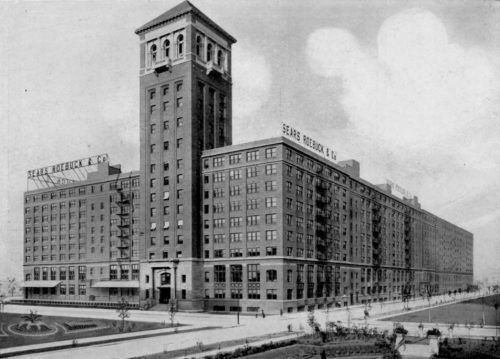Back When Sears Made Black Customers a Priority
Share
Explore Our Galleries
Breaking News!
Today's news and culture by Black and other reporters in the Black and mainstream media.
Ways to Support ABHM?
By Lauretta Charlton, The New York Times

The relationship between capitalism, white supremacy and civil rights is a fascinating one marked by boycotts, sit-ins and bus rides. All of these activities are centered on access to money and markets.
African-Americans who lived in the rural South during Jim Crow usually had to buy goods on credit from local white store owners, who would often gouge them. Then came the Sears catalog. It sold everything from clothes and furniture to cocaine. But it also gave black consumers access to goods at national prices. The enterprise was so successful, store owners would organize bonfires and burn the catalogs to avoid losing their black customers.
[…]
Sears [recently] filed for bankruptcy after 132 years in business. Louis Hyman, an author and professor of history and consumerism at Cornell, wrote a compelling thread on Twitter that explained how the Sears catalog empowered black consumers during Jim Crow.
Read the full article here
Read more Breaking News here











Comments Are Welcome
Note: We moderate submissions in order to create a space for meaningful dialogue, a space where museum visitors – adults and youth –– can exchange informed, thoughtful, and relevant comments that add value to our exhibits.
Racial slurs, personal attacks, obscenity, profanity, and SHOUTING do not meet the above standard. Such comments are posted in the exhibit Hateful Speech. Commercial promotions, impersonations, and incoherent comments likewise fail to meet our goals, so will not be posted. Submissions longer than 120 words will be shortened.
See our full Comments Policy here.